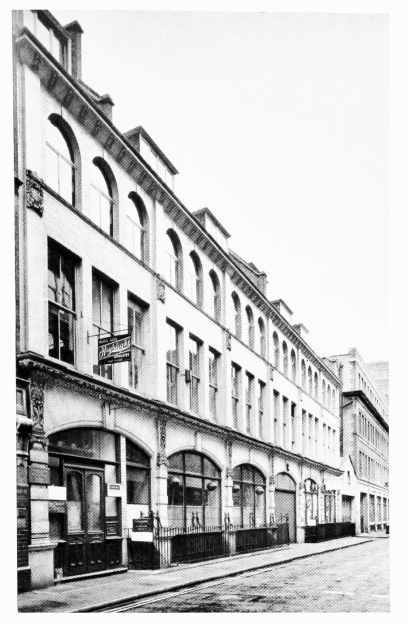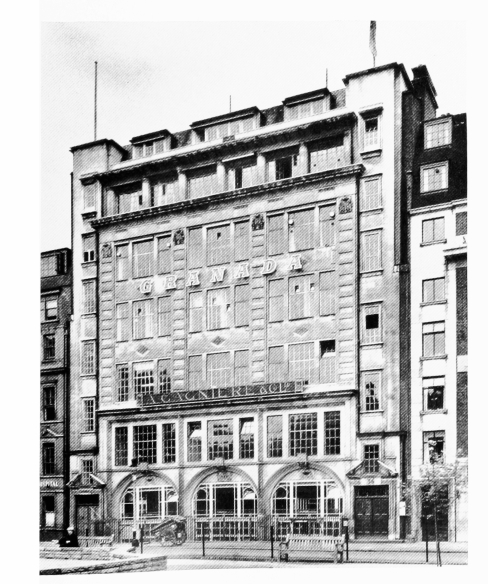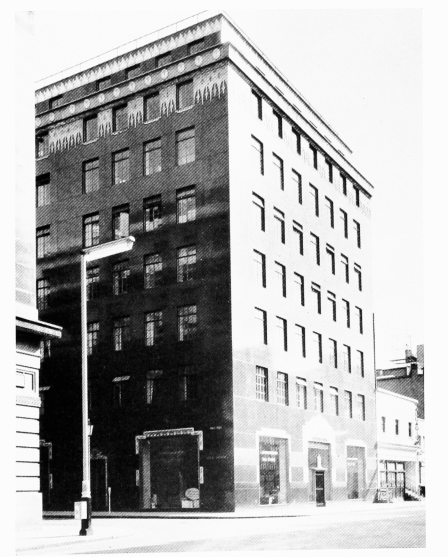Survey of London: Volumes 31 and 32, St James Westminster, Part 2. Originally published by London County Council, London, 1963.
This free content was digitised by double rekeying. All rights reserved.
'Plate 141: COMMERCIAL BUILDINGS', in Survey of London: Volumes 31 and 32, St James Westminster, Part 2, ed. F H W Sheppard (London, 1963), British History Online https://prod.british-history.ac.uk/survey-london/vols31-2/pt2/plate-141 [accessed 16 April 2025].
'Plate 141: COMMERCIAL BUILDINGS', in Survey of London: Volumes 31 and 32, St James Westminster, Part 2. Edited by F H W Sheppard (London, 1963), British History Online, accessed April 16, 2025, https://prod.british-history.ac.uk/survey-london/vols31-2/pt2/plate-141.
"Plate 141: COMMERCIAL BUILDINGS". Survey of London: Volumes 31 and 32, St James Westminster, Part 2. Ed. F H W Sheppard (London, 1963), British History Online. Web. 16 April 2025. https://prod.british-history.ac.uk/survey-london/vols31-2/pt2/plate-141.
In this section
Commercial Buildings
a. No. 18 Great Marlborough Street, 1894, in 1960.

No. 18 Great Marlborough Street, 1894, in 1960.
P. G. Stone, architect (p. 257). Demolished
b. Nos. 5–1 (consec.) Poland Street, 1902–3, in 1962.

Nos. 5–1 (consec.) Poland Street, 1902–3, in 1962.
Bartlett and Ross, architects (p. 245)
c. Nos. 34–36 Golden Square, 1914, in 1956.

Nos. 34–36 Golden Square, 1914, in 1956.
Leonard Stokes, architect (p. 163)
d. Ideal House, Great Marlborough Street, 1927–9, in 1962.

Ideal House, Great Marlborough Street, 1927–9, in 1962.
Gordon Jeeves and Raymond Hood, architects (p. 307)